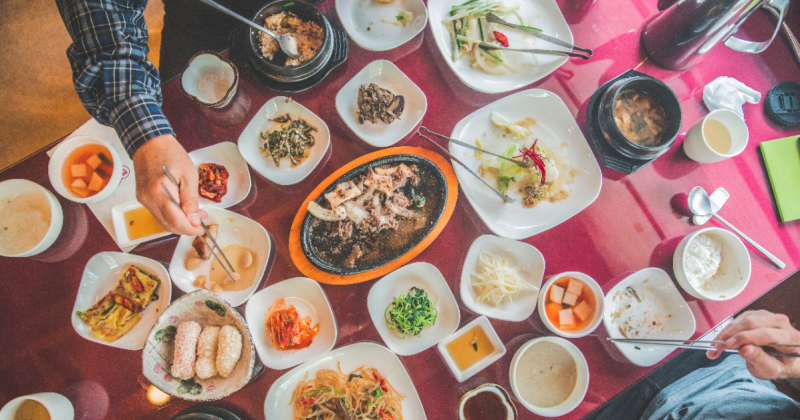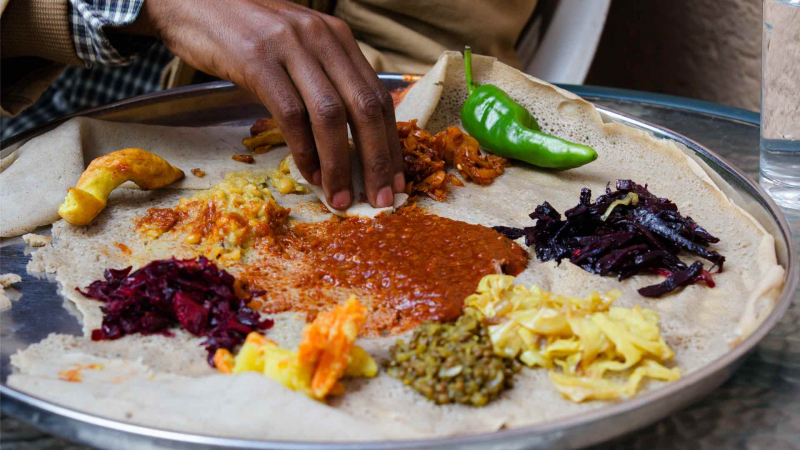Eating etiquette
Every morning, Haitians have a cup of coffee, which is always accompanied by bread and butter or peanut butter. Riz et Pois, the country's traditional rice and bean dish, is served at lunchtime as the main course. Sunday lunch will frequently include a gratin, another tribute to their French ancestry. Pasta gratin is a popular side dish. Sunday is also a good day to treat yourself to a delicious dessert. Evening meals are often basic affairs consisting of a bowl of porridge or soup. However, fritay is also frequently purchased from street sellers. Fried plantain, griot, and even barbequed chicken are on the menu.
Only after the host exclaims, "Bon appetite!" can you begin eating. Knives and forks are used in Europe. After the meal, the knife and fork are placed parallel to each other across the right side of the dish. If you leave both utensils on the dish for an extended period of time, it indicates to the waitstaff that you are finished, and your plate may be removed from you. When not holding utensils, your hands should be visible above the table: do not keep them in your lap, but instead rest the wrists on top of the table.















